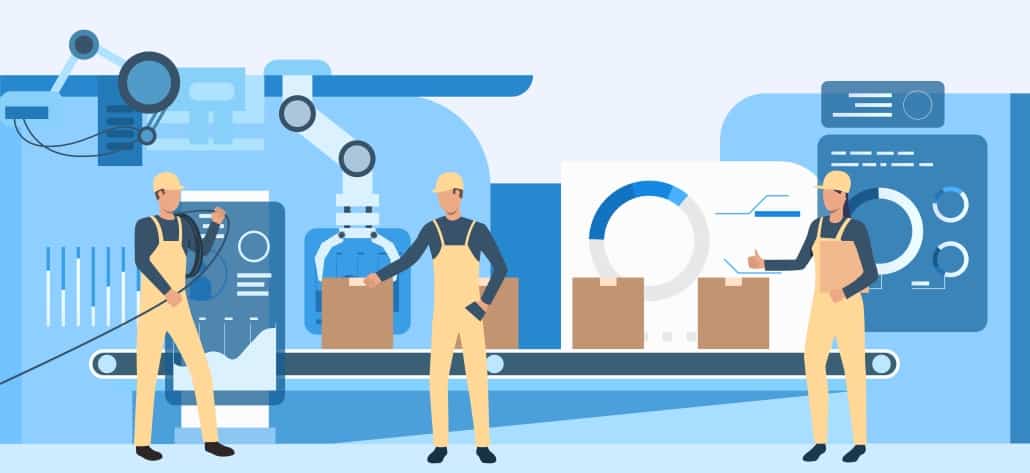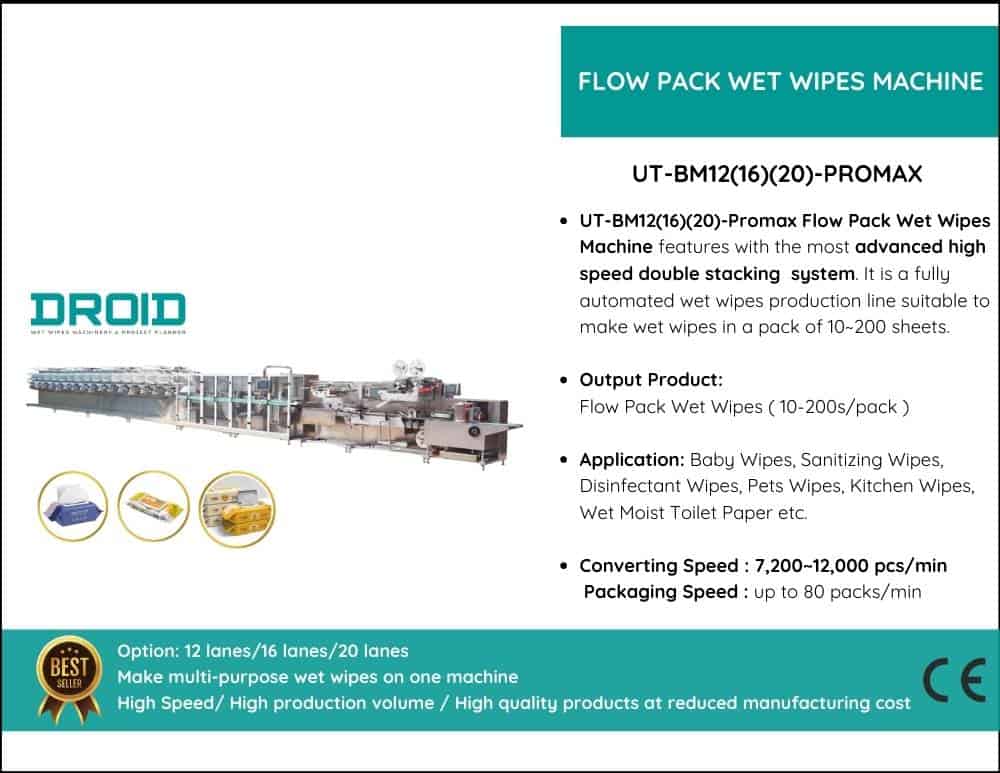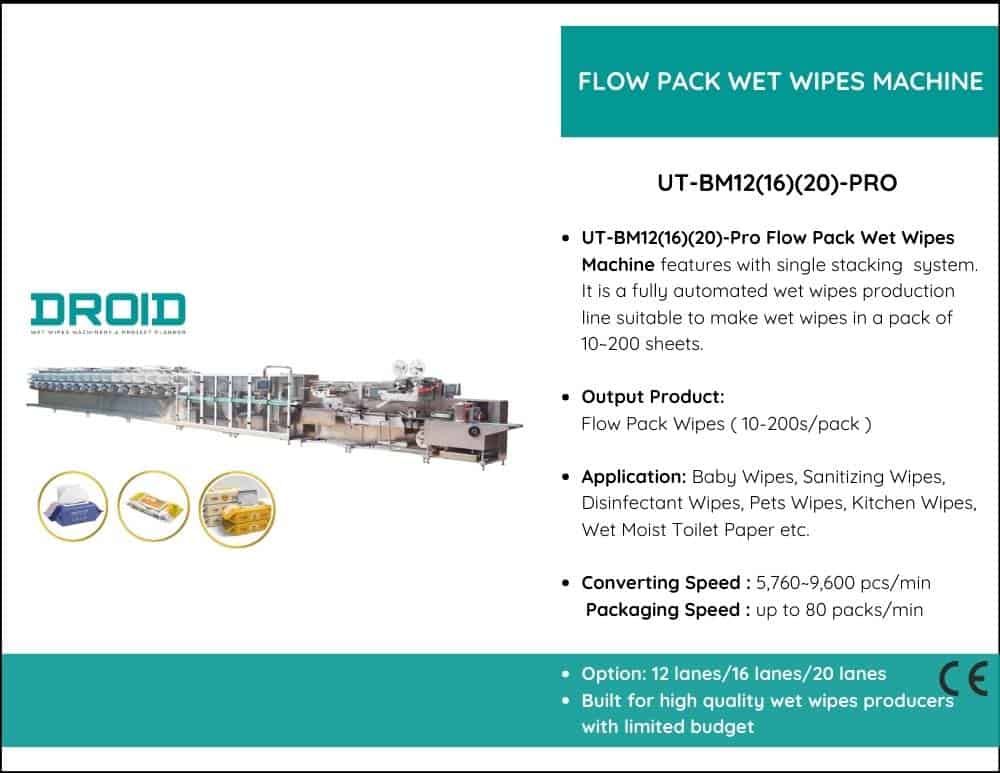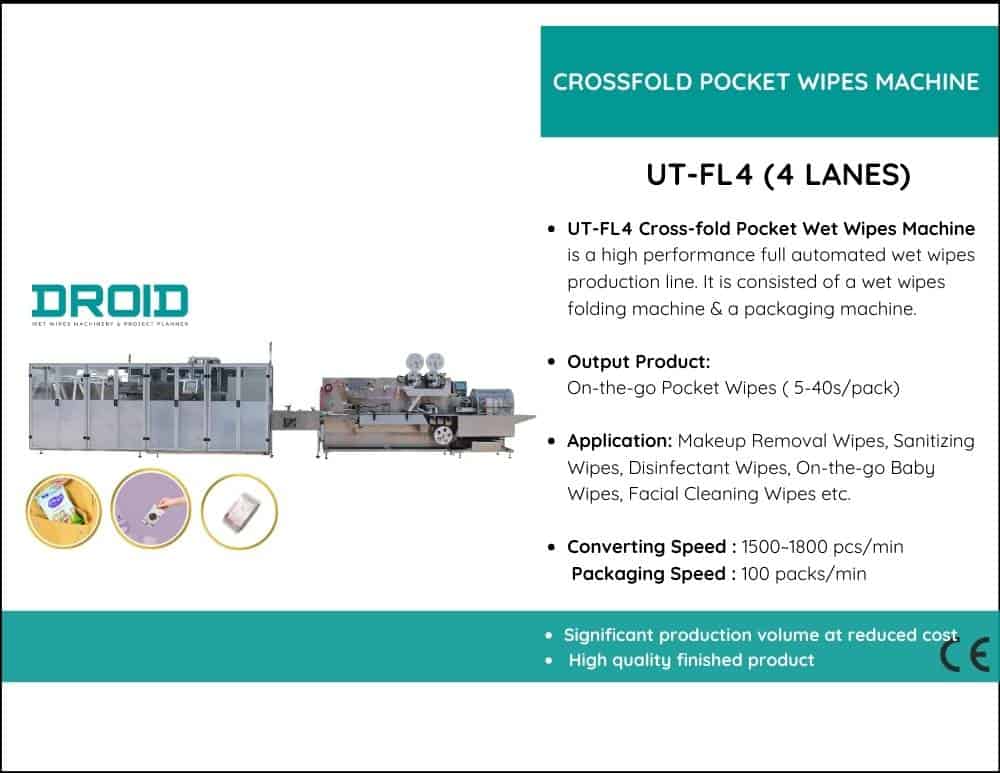Every wet wipes manufacturer wants to save expenses, but most of them start in the wrong place. They concentrate on negotiating minor component reductions, lowering supplier quotations, or obtaining cheaper raw materials. The design, balancing, and management of your manufacturing system is where cost reduction really begins, however. Over the course of its lifespan, a line that operates with accuracy, stability, and consistency always saves more money than one that only operates more quickly or is less expensive initially.
Long before the first roll of nonwoven is loaded, cost reductions start. They start at the design table, when choices are made regarding workflow, automation level, machine layout, and product format. Operators spend more time producing and less time fighting fires when there is a smooth transition between converting, wetting, packing, and palletizing. Every pause, misfold, or jam that is avoided results in a hidden benefit. The machine’s ability to effectively transform resources, time, and energy into packets that can be sold is more important than its price.
For this reason, instead of pursuing temporary savings, high-performing factories make investments in line integration and process engineering. More yearly output may be saved with a 5% increase in overall equipment efficiency (OEE) than with a 10% decrease in the cost of film. Cost-effectiveness becomes a natural result rather than a challenge when people, equipment, and materials are coordinated under a steady process.
In summary, a more intelligent system is the hidden source of cost reductions rather than a less expensive input. The manufacturers who are adept at this know that every minute of setup avoided, every meter of film saved, and every fraction of uptime adds up to thousands of dollars per month. Price reductions are not the first step toward real savings; engineering discipline, operational balance, and reliable performance are.










